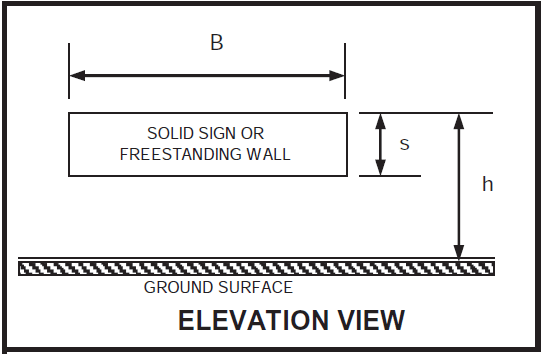engineeringofcivil
Civil/Environmental
- Jun 20, 2006
- 8
HOW TO CALCULATE WIND LOAD WHICH HAS GOT CLADDING ON ALL SIDES BUT NO ROOF. ROOF IS OPEN
Follow along with the video below to see how to install our site as a web app on your home screen.
Note: This feature may not be available in some browsers.

